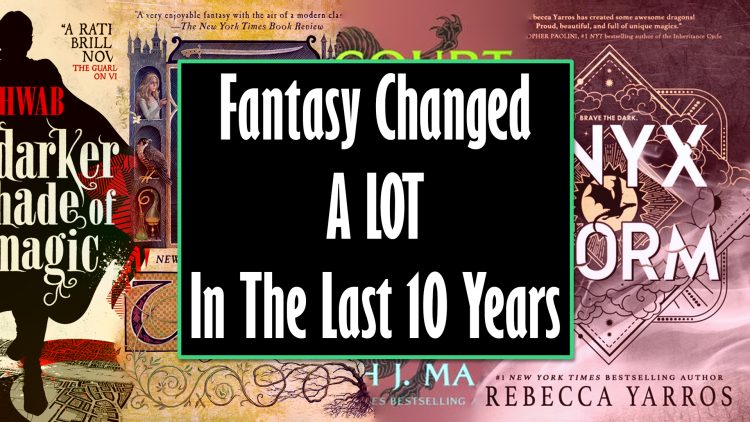Let’s be honest: fantasy books aren’t what they used to be.
Ten years ago, I was curled up reading Uprooted by Naomi Novik with its lush, fairytale-inspired fantasy where the forest was evil, the wizard was grumpy, and the romance simmered quietly in the background. It was magical, emotional, and beautifully weird. That same year, Neil Gaiman had just dropped Trigger Warning, and V.E. Schwab was opening portals to parallel Londons in A Darker Shade of Magic.
Fast-forward to 2025, and you can’t scroll TikTok for more than 30 seconds without someone screaming about Fourth Wing, Onyx Storm, or Quicksilver. Dragons. Spice. Fated mates. Enemies-to-lovers. It’s not just a shift, it’s a full-blown glow-up. Or, depending on your tastes, a genre identity crisis.
If you’ve ever felt like you blinked and the fantasy genre grew up (and maybe got a little steamier while you weren’t looking), you’re not alone.
As we are almost halfway through 2025 (can you believe it?!), I thought it was a great time to look back and explore how readers’ preferences have evolved across the past ten years, starting with the major books of each period and diving deeper into the themes, heroes, and worlds that defined them.
Fantasy In 2015: Fairytales, Antiheroes, And Found Families
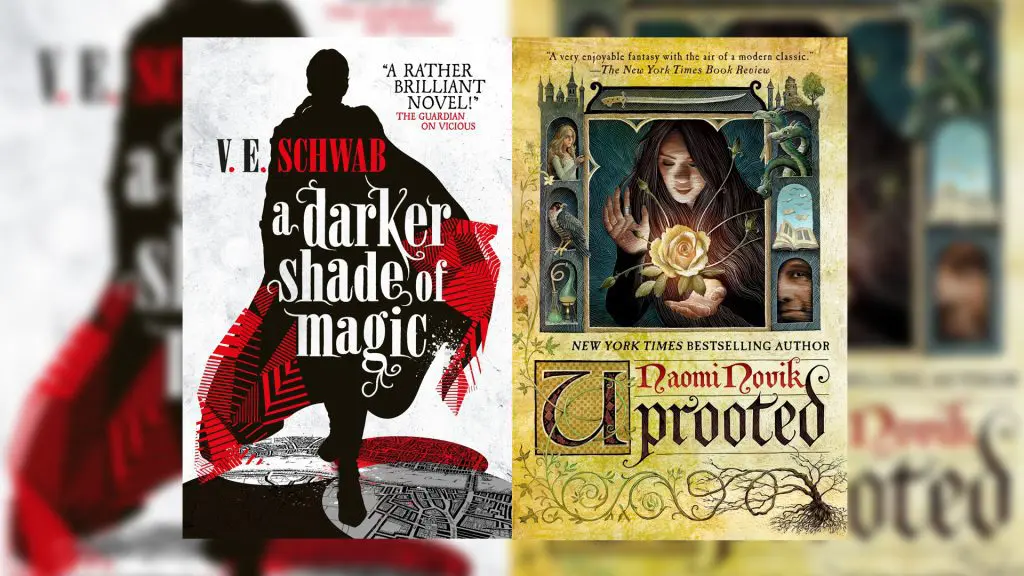
If we look back at 2015, the fantasy genre was beautifully varied. It was in this transitional moment. YA dystopia was cooling off. High fantasy was making a comeback.
On one end, you had Naomi Novik’s award-winning Uprooted, a folkloric standalone novel about a girl, a wizard, and a malevolent forest.
On the other, V.E. Schwab’s A Darker Shade of Magic kicked off a thrilling portal fantasy with multi-dimensional cities of London and morally gray mages.
And, of course, there was Neil Gaiman’s Trigger Warning? A bestselling short story collection, which reminded us that, during that time, myth, horror, and whimsy still had a strong grasp on the fantasy genre.
There were many others, but it would be almost impossible to go over all of them. So, if I left out your favorite, don’t hate me.
Key 2015 Reader Preferences
- Complex worldbuilding rooted in fairytales or original magic systems
- Diverse ensemble casts
- Growing interest in social themes such as trauma, oppression, and rebellion
- Romance was present, but it was rarely central to the story (I know, right?)
Related10 Amazing Fantasy Book Series Every Reader Should Binge
Fantasy In 2025: Romantasy, Dragons, And BookTok Frenzy
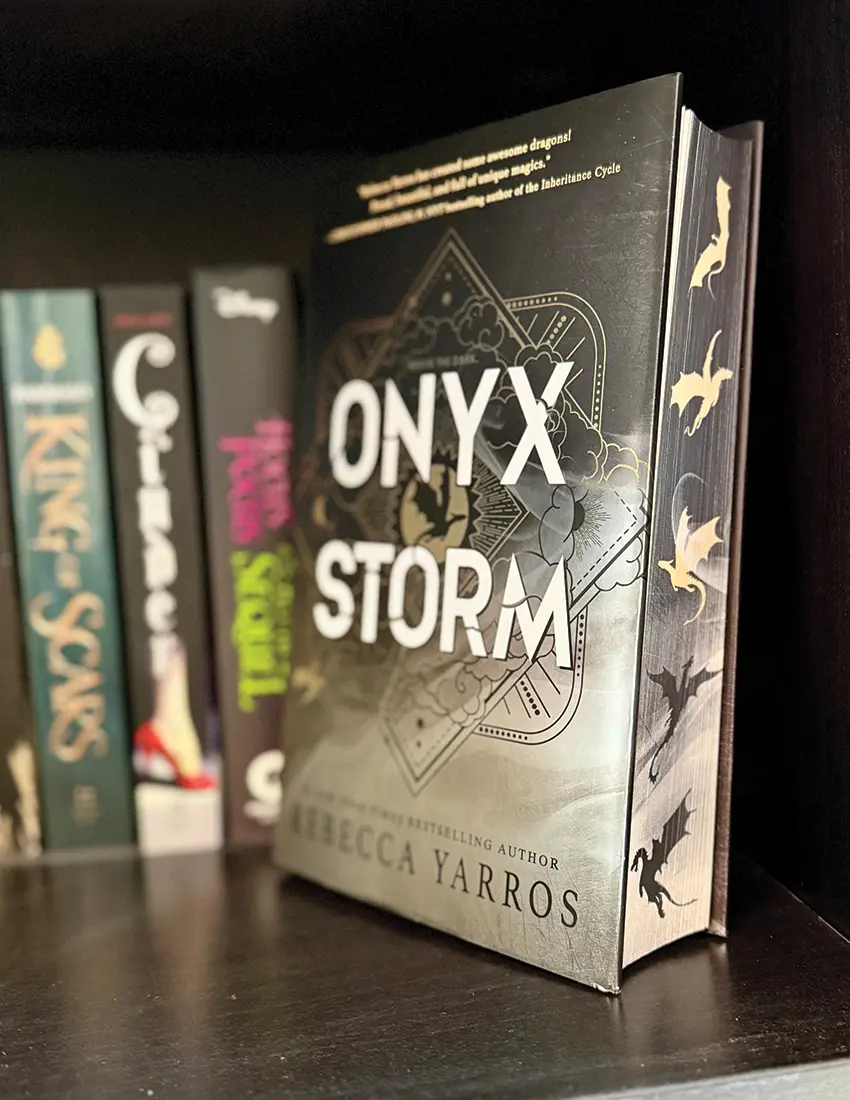
Now let’s jump into the present year, 2025. These days, fantasy hits differently. Literally. There’s probably a scene where someone gets slammed against a wall in a flirty way.
By 2025, fantasy readers were hooked on an emerging sub-genre (which has been brooding for a few years now): Romantasy. Romantasy is a romance-heavy fantasy with high stakes and a lot of spice.
Just think of Rebecca Yarros’s Fourth Wing and its sequels (Iron Flame, Onyx Storm), which were leading the charge. Think war colleges, dragon bonding, and brooding enemies-to-lovers tropes. These stories have the action that we love from stories past are often given a romantic twist. They’re often still plot-heavy, but the relationship between the characters takes up more space.
We also cannot forget the surprising return of Suzanne Collins’ Hunger Games, when she brought us back to Panem with Sunrise On The Reaping, a brutal prequel centered on a teenage Haymitch.
Of course, there were other influential titles such as the dark academia fantasy Babel by R.F. Kuang, Legends & Lattes, a cozy fantasy by Travis Baldree, and the giant of fantasy in 2025, Sarah J. Maas’s Crescent City and the ever-expanding ACOTAR series.
Key 2025 Reader Preferences
- Romance as a narrative engine (not just a sub-plot)
- Fandom-fueled success with the help of BookTok and memes
- Accessibility with the help of low-barrier worldbuilding and high-stakes plots
- Return of Dystopia with beloved IPs such as Hunger Games
- Varied representation that mimics the current diverse world we live in
Enjoying this article?
Subscribe to our weekly newsletterHow Fantasy Themes Have Evolved
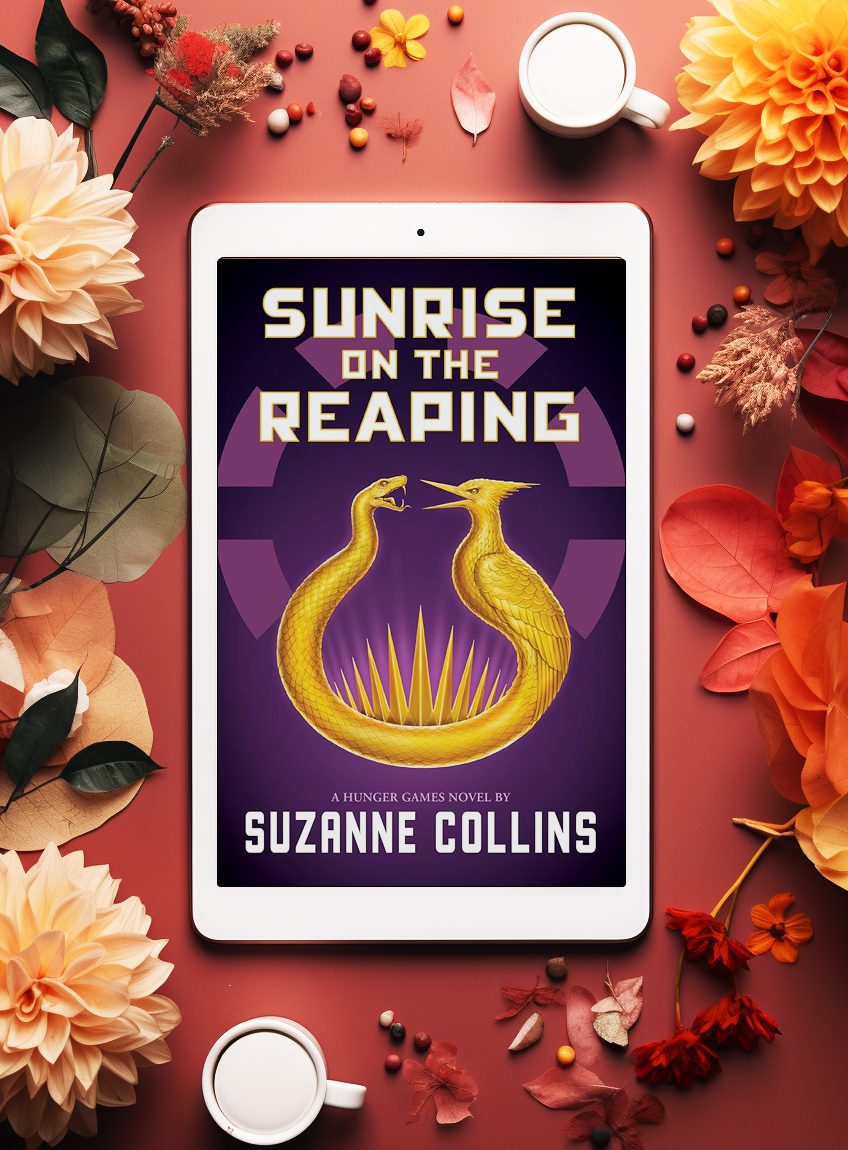
Heroes Got More Human
In 2015, stories were often framed as good versus evil with mythic undertones. Think dark woods, tyrants, or ancient magic. However, authors like Jemisin and Bardugo complicated the narrative, and in a good way!
By 2025, heroes were expected to be morally gray and nuanced. Add a layer of love interests that were also of different shades, and that made 2025 fantasy books perfect.
For example:
- Then: Agniezska (Uprooted) and Kell (Darker Shade) had clear enemies
- Now: Xaden (Fourth Wing) and Saeris (Quicksilver) blur the lines between hero and threat, and we love it.
RelatedThe Allure of Dark Romance: Why Readers Are Drawn to Dangerous Love Stories
Rebellion, Identity, And Real-World Parallels
As with any fantasy book, there is always an element of fighting the system, which was big in 2015, but more direct and straight to the point. Good examples of this are books like Six of Crows and Throne of Glass.
These themes remain in 2025 but are made complex with the addition of layers such as:
- Propaganda and power (Sunrise on the Reaping)
- Colonialism (Babel)
- Ableism and chronic illness (Fourth Wing)
Romance At The Center
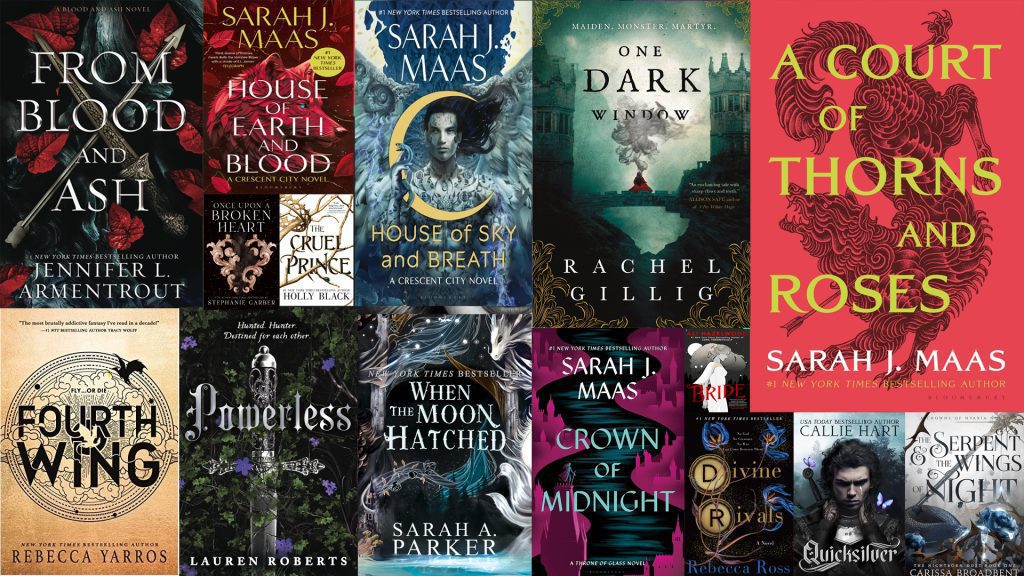
The biggest shift, however, has been romance. We’re not just tolerating romance in fantasy anymore; we’re demanding it. Full-on, page-burning, trope-heavy romance.
Back in 2015, romance between characters was of course present, but it has never been more than a trope or a sub-plot of the novel, which often focused on completely other things.
We want enemies to lovers. We want fated mates. We want the winged man with a tragic past to fall to his knees in devotion. And we want it alongside world-shattering magic and political rebellion.
Ten years ago, I might’ve raised an eyebrow at this much spice in my fantasy. Now? I’ve got a romantasy shelf and zero shame.
I mean, who doesn’t love a shadow daddy… the commercial success and social buzz make it pretty clear that we definitely do.
Shifting Protagonists
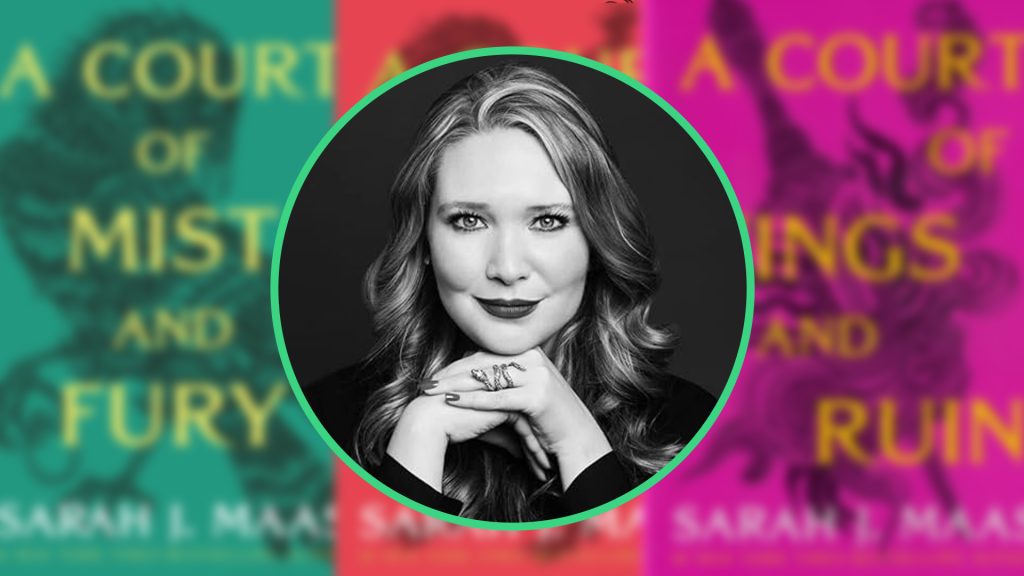
Rise Of The Reluctant And Flawed Heroine
2015 saw a rise of powerful women such as Celaena (Mass), Agnieska (Novik), Lila Bard (Schwab), and others. By 2025, strong female leads have become a standard, but now they are more nuanced and deep.
2025 heroines are much more tied to the reality of the current world, where nobody is perfect, and the flaws that one might have just make their character stronger.
- Physical limitations (Violet from Fourth Wing, who has a connective tissue disorder)
- Moral ambiguity
- Mid-20s age range (reflecting the aging YA audience)
As the main readers’ groups shift and change throughout the years, the protagonists (and by extension the authors) also adapt to an audience that demands more than flat and perfect characters.
Related10 Best Fantasy Romance Books Of 2025 That Everyone Will Be Talking About
Antiheroes And Brooding Love Interests
As with the main characters, readers also love an emotionally tortured bad boy with a hidden heart of gold who evolves. Just think of:
- Rhysand (ACOTAR): seductive, cunning, and fiercely protective beneath the swagger
- Xaden (Fourth Wing): powerful, dangerous, and deeply in love
- Kingfisher (Quicksilver): lethal, enigmatic, and hopelessly bound to the one woman who defies him
Heroes and heroines alike now carry emotional baggage, questionable morals, and big swords.
The Chosen One, Rewritten
There are no more perfect prophecies, and let’s face it, they were boring anyway… Now, the chosen ones must earn their power or reject the role altogether. Violet doesn’t start special, she grows into it, and really, that’s how it should be.
Worldbuilding: Dense Lore vs. Easy Entry
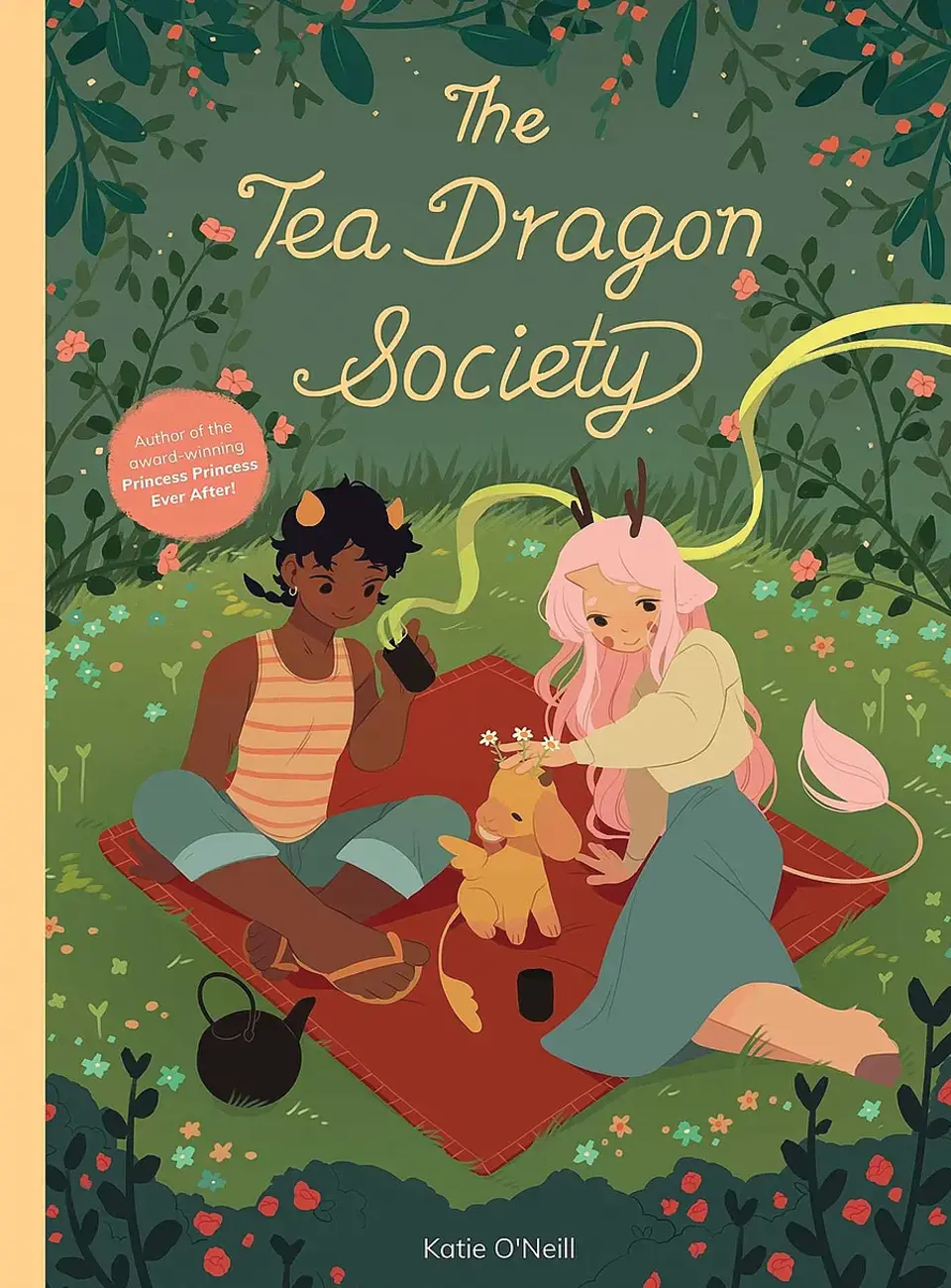
Thinking back to 2015, we all loved the inventive systems and diverse worlds. Just think of the original settings, such as the eastern European fairytale forest in Uprooted, or the post-apocalyptic geological magic in The Fifth Season, or even the multiverse of London in A Darker Shade of Magic.
Depth and novelty were the selling points.
Now, the fantasy worlds are immersive but still accessible. Modern bestsellers prioritize atmosphere and vibes.
Fourth Wing has Dragonrider War College with house rivalries, and Quicksilver has desert thieves and shadowy fae realms. Tropes we are all used to, like magical schools, winged lovers, courts, and trials, are embraced because readers want immediate immersion into the novels.
Cultural And Emotional Expansion
Fantasy books in 2025 now reflect global and emotional diversity;
- The Poppy War: based on Chinese history
- Children of Blood and Bone: Nigerian mythology
- Legends & Lattes: Queer, cozy with a slice-of-life fantasy
Even established franchises have evolved. Take a look at Panem. It feels sharper and more relevant in 2025’s Sunrise on the Reaping than ever before.
Fantasy Comparison: 2015 vs. 2025
| Category | 2015 | 2025 |
|---|---|---|
| Tone | Mythic, whimsical, literary | Emotional, fast-paced, morally gray |
| Themes | Rebellion, identity, folklore | Romance, trauma, found family |
| Romance | Subplot | Central focus |
| Protagonists | Teen girls, reluctant heroes, chosen ones | Mid-20s women, morally gray, trauma formed |
| Worlds | Dense, original | Trope-rich, accessible, fandom-ready |
| Representation | Emerging | BIPOC, LGBTQ+ |
| Fandom Drivers | Goodreads, Tumblr | TikTok, Instagram, preorder hype |
The Genre Grows Up
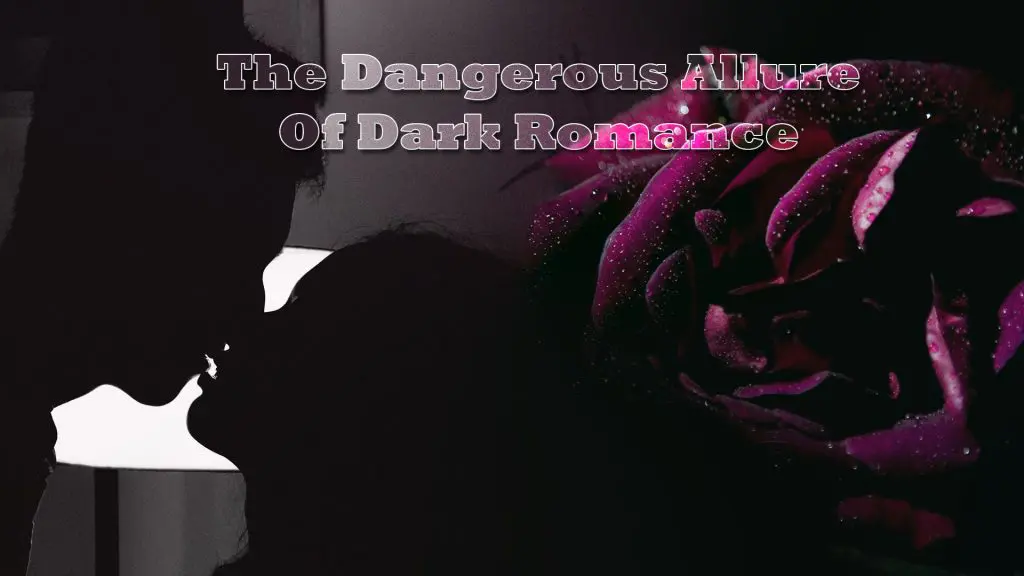
Fantasy in 2015 was a genre that was just starting to stretch its wings. It was playing with darker themes, folklore, and elevating new voices.
Now in 2025, it’s flying high on the power of fandom, romance, and the emotional resonance of characters. Readers want dragons, sure, but they also want heartbreak, healing, and spice. Something more akin to what perhaps a normal person would experience if they were thrown into one of those amazing universes!
The good and evil arcs of yesterday evolved into a gray area, which mimics life, that is not (if ever) just black and white. Characters rise, but they also have to work for it, often making the wrong choice and learning from it. They doubt and they bleed, they have their own issues to deal with, and we are all there for that!
The fantasy genre isn’t just surviving, it’s thriving!
And you know what? I think there’s something beautiful about that…

